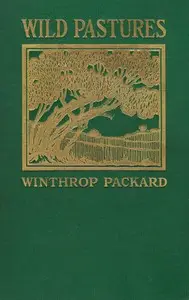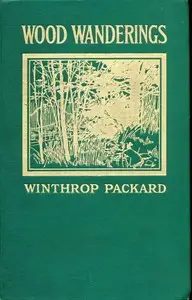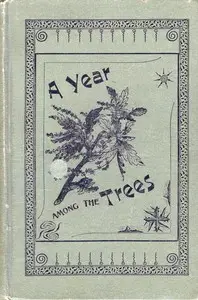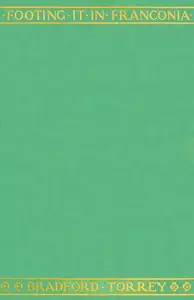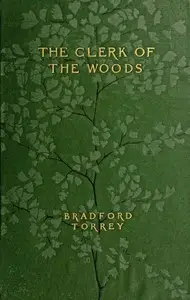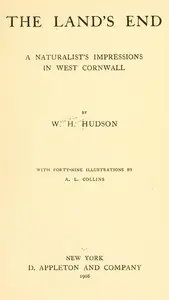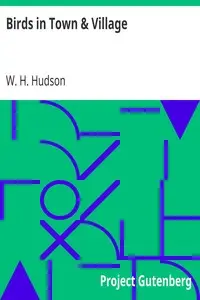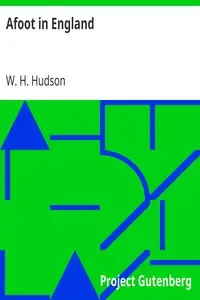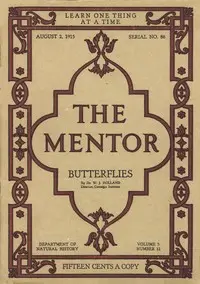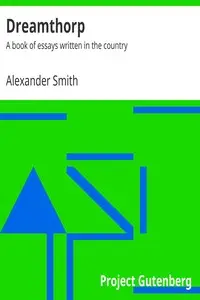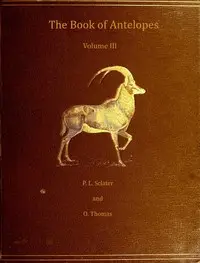"Hampshire Days" by W. H. Hudson is a nature-focused memoir where the author explores the wonders of the New Forest. The story takes place in the early 1900s and paints a detailed picture of Hampshire, with a strong focus on animals such as birds and small mammals. The writing shows Hudson's close observations of the natural world, filled with his personal thoughts on nature, animals, and the continuous cycle of life and death. The first part of the story vividly illustrates autumn in the New Forest in December 1902. It presents a setting that would especially spark joy in bird lovers with detailed sounds and colors, from the songs of tiny birds to the bright leaves on the trees. The writing explores the interactions between different creatures and offers thoughtful reflections on the area's beauty, as well as the often tough existence and delicate balance found in nature.
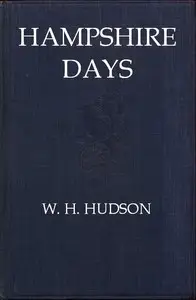
Hampshire Days
By W. H. (William Henry) Hudson
Journey into an early 20th-century forest, where a naturalist observes the intimate lives of birds and other wild animals amidst the vibrant cycle of life and death.
Summary
About the AuthorWilliam Henry Hudson, known in Argentina as Guillermo Enrique Hudson, was an Anglo-Argentine author, naturalist and ornithologist. Born in the Argentinian pampas where he roamed free in his youth, he observed bird life and collected specimens for the Smithsonian Institution. The Patagonian birds Knipolegus hudsoni and Asthenes hudsoni are named after him. He would later write about life in Patagonia that drew special admiration for his style. His most popular work Green Mansions (1904), a romance set in the Venezuelan forest inspired a Hollywood movie and several other works.
William Henry Hudson, known in Argentina as Guillermo Enrique Hudson, was an Anglo-Argentine author, naturalist and ornithologist. Born in the Argentinian pampas where he roamed free in his youth, he observed bird life and collected specimens for the Smithsonian Institution. The Patagonian birds Knipolegus hudsoni and Asthenes hudsoni are named after him. He would later write about life in Patagonia that drew special admiration for his style. His most popular work Green Mansions (1904), a romance set in the Venezuelan forest inspired a Hollywood movie and several other works.


